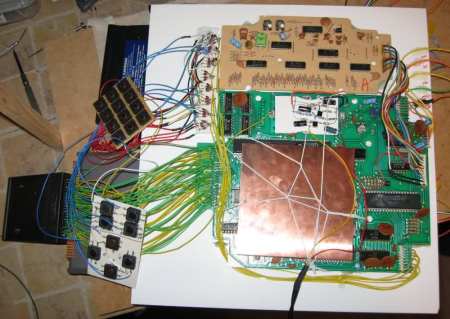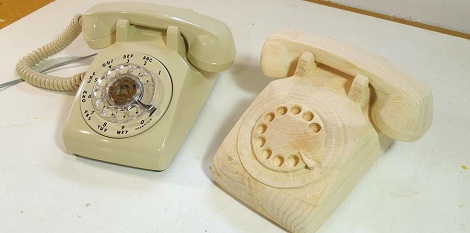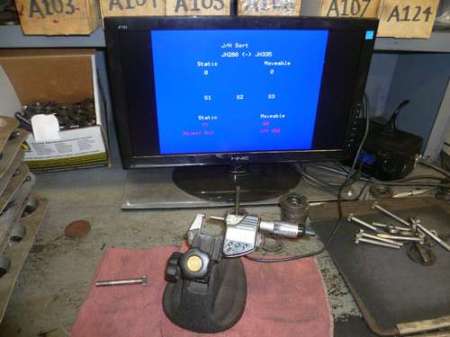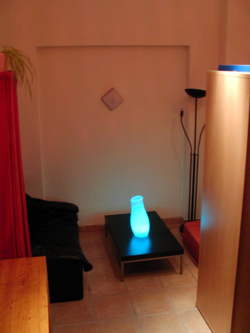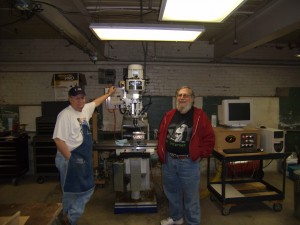
[Rich Goldner] sent in this walkthrough of the Foothills Community Workshop in Granite Falls N.C. Taken during their open house, [Rich] gives us the grand tour showing off the different areas including the HAM station, electronics station, collective work areas, the machine shop, and wood shop.
Though you can see some of the areas are still being put together, their space looks really cool. They have about 3,500 square feet in an old mill. They started with four very enthusiastic individuals who rented the space and set out to build a workshop. Since then, they’ve added 17 more people. Not too bad considering the town population there is only about 5,000.
Continue reading “Hackerspace Intro: Foothills Community Workshop In Granite Falls NC”

